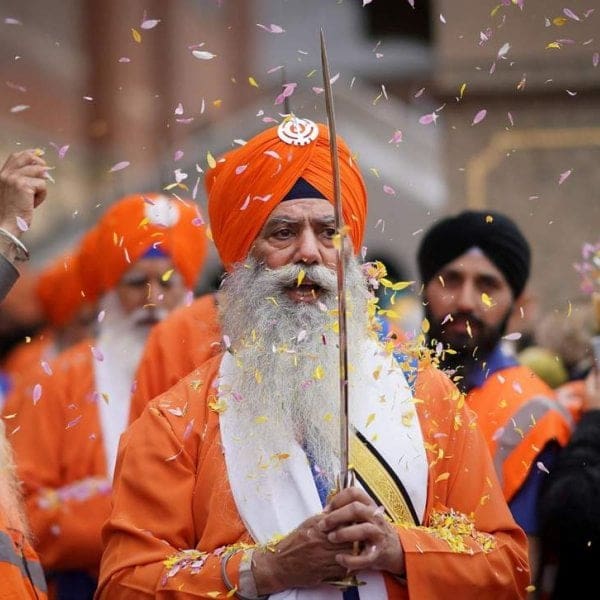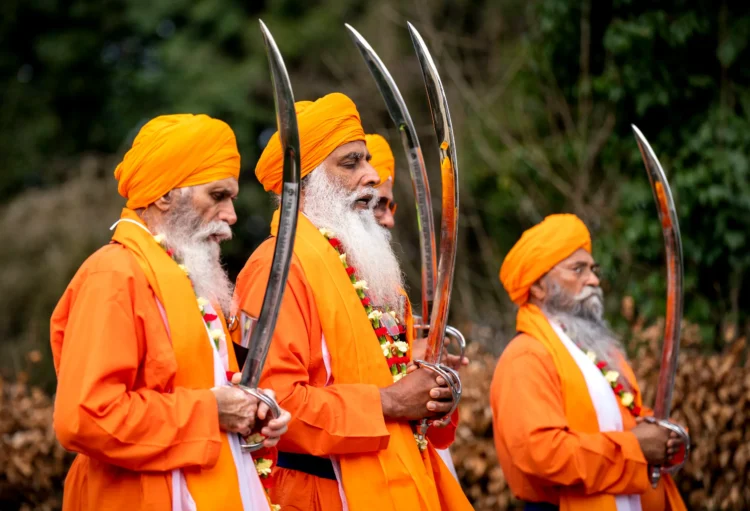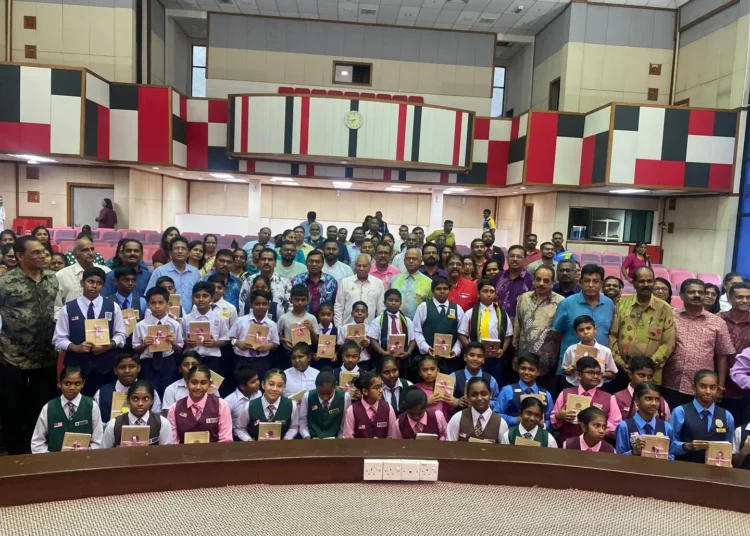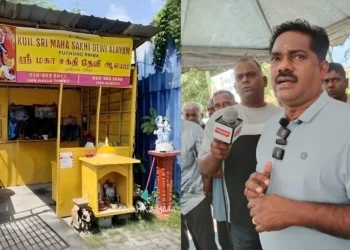Vaisakhi, also known as Baisakhi, is a cherished annual event for the Sikh community worldwide, occurring every April. Originally rooted in Punjab’s agricultural heritage, it symbolises the onset of the spring harvest season, traditionally observed with communal festivities and gatherings. Along with its agricultural significance, Vaisakhi holds profound religious and cultural importance for Sikhs, and it is a core part of their identity as a rooted community.
In 1699, during Vaisakhi, Guru Gobind Singh, the tenth Sikh guru, instituted the Khalsa Panth, a formal order dedicated to safeguarding the Sikh community. This pivotal moment transformed Vaisakhi into a momentous occasion for Sikhs globally, marking the formalization of the Saint-Soldier concept through the Amrit ceremony, where Sikhs were initiated into the Khalsa Panth.

The story of Vaisakhi revolves around Guru Gobind Singh’s call for volunteers willing to sacrifice for their faith. Five individuals, known as the Panj Pyare, emerged as the first members of the Khalsa, embodying principles of courage, equality, and devotion. They were baptised with the Amrit, signifying their commitment to the Sikh way of life, characterised by five commitments, which were: Kes (uncut hair), Kangha (a small comb), Karra (an iron bracelet), Kachera (a white undergarment), and Kirpan (a small curved sword of any size, shape, or metal).
Modern Vaisakhi celebrations typically commence with religious services at gurdwaras, adorned with vibrant decorations. Nagar kirtans, processions through town streets, accompany the Guru Granth Sahib, the Sikh holy scripture. These processions feature martial arts demonstrations, reflecting the Khalsa’s martial spirit. Even in Malaysia, where the Punjabi Sikhs have lived here for several generations now, the community not only proudly observes the holy festivities of Vaisakhi but also adheres to Sikh religious principles and values.

Central to Vaisakhi festivities is the Langar, where free food fosters community bonding and egalitarian values. Yellow and orange, symbolic of rebirth and joy, adorn the celebrations, echoing the vibrancy of Punjab’s wheat fields in harvest. Many choose Vaisakhi for baptism into the Khalsa, while Anandpur Sahib hosts grand festivities commemorating Guru Gobind Singh’s founding of the Khalsa.
Beyond Punjab, Vaisakhi serves as a unifying force for Sikhs worldwide, reinforcing loyalty to their faith and fostering community ties. Through public celebrations and communal gatherings, Sikhs reaffirm their commitment to Sikh principles and honour their rich heritage. Vaisakhi embodies the fusion of spiritual and temporal realms, offering a platform for Sikhs to celebrate their identity and values with the global community.
Follow us on Instagram, Facebook or Telegram for more updates and breaking news.








